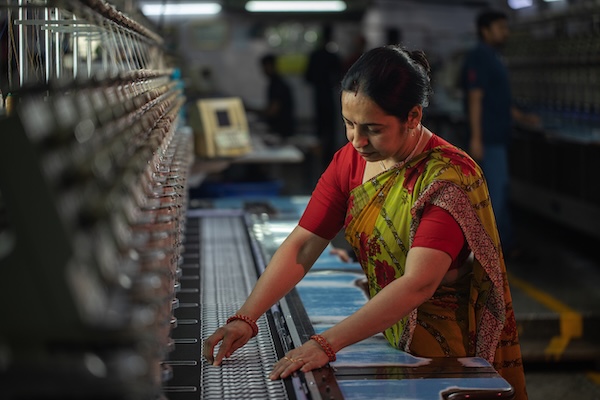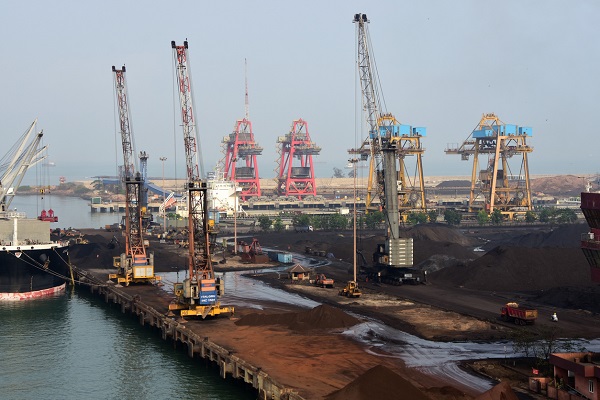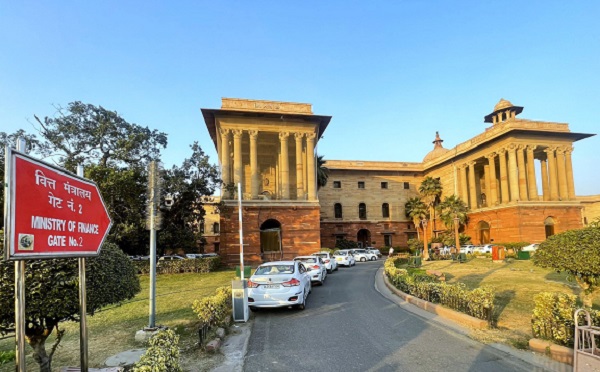.png)

Chandrashekhar is an economist, journalist and policy commentator renowned for his expertise in agriculture, commodity markets and economic policy.
September 9, 2025 at 8:18 AM IST
Donald Trump’s punitive 50% tariff on Indian exports to the United States threatens more than trade balances. It imperils a sector that sustains 45 million livelihoods and has long been a bulwark of India’s export economy.
The US is the world’s second-largest importer—after the EU-27—of textiles and clothing, with India holding a 9% share worth $10.8 billion annually. India is also the second-largest supplier of textiles to the US, with a 17% share valued at $5.8 billion. Within this, cotton textiles dominate, accounting for $3.2 billion, of which home textiles and made-ups alone represent $3 billion, or 95%.
A 50% duty would strip Indian products of their competitiveness overnight. Naturally, policymakers are in damage-control mode. Chambers of Commerce as well as industry and trade associations are actively assessing the market sentiment, concerns of exporters and remedial action.
The fallout will be predictable: cancelled orders, shuttered workshops, and job losses across the value chain. For an industry rooted in small towns and semi-urban belts, the damage would spread well beyond trade figures. Protecting employment must therefore come first. That means incentives tied directly to jobs retained and jobs created, not just volumes shipped. Support for firms venturing into new markets or building share in existing ones could also help cushion the shock.
Structural Weakness
But incentives alone will not be enough. India’s domestic textile market, which is still chronically underserved, offers untapped potential. Barring the top 25% of the population with purchasing power, India remains under-clothed. Harnessing this demand is crucial if the sector has to achieve resilience rather than depend solely on foreign buyers.
The longer-term challenge, however, runs deeper. The entire textile ecosystem deserves an overhaul. Productivity has stagnated, competitiveness has eroded, and policy support has lagged. Business as usual is no longer an option. India urgently requires a comprehensive fibre and textile policy that integrates raw material security, supply chain efficiency, and global competitiveness.
Consider cotton, for example. Once the pride of Indian agriculture, it now illustrates systemic decay. Sown area is on the decline, yields are down 10-12% from their peak, and India has shifted from being a reliable exporter to a net importer. The remedies are known; what is missing is action. New Delhi must take up cotton competitiveness as a matter of urgency.
India has little choice but to adapt and build resilience at home. A strong, competitive, and employment-centred textile sector can weather even punitive shocks. The present crisis should be the spur for bold reform: an incentive structure that prioritises jobs, a domestic market strategy that lifts consumption, and a fibre-to-fashion policy that restores India’s natural advantage.
Anything less will leave a $10 billion export lifeline frayed and millions of livelihoods hanging by a thread.




